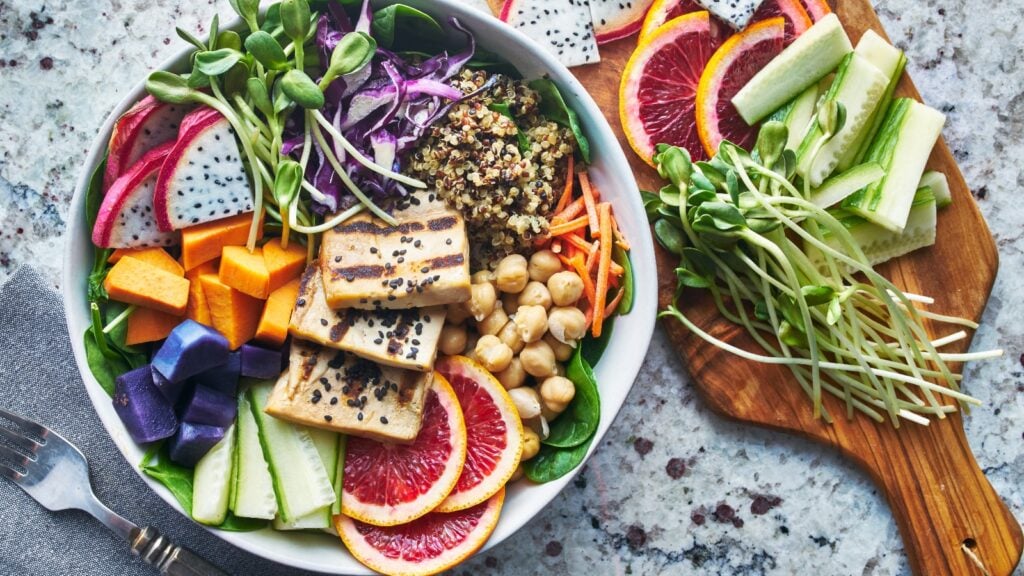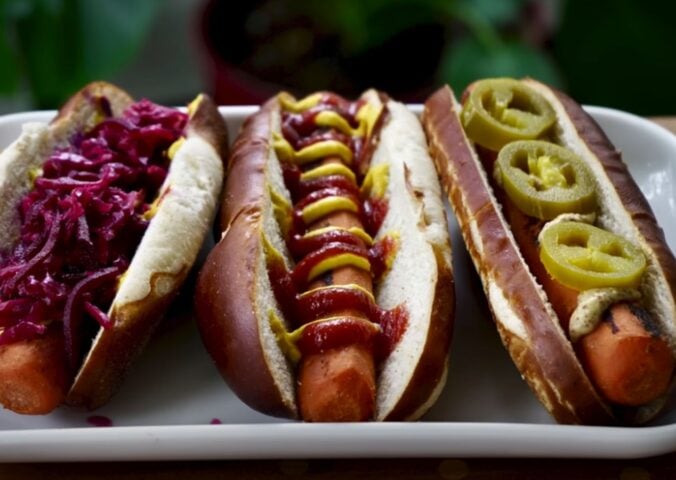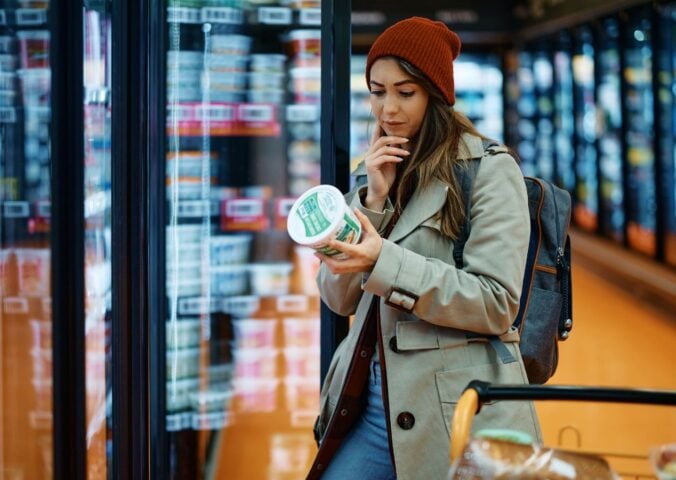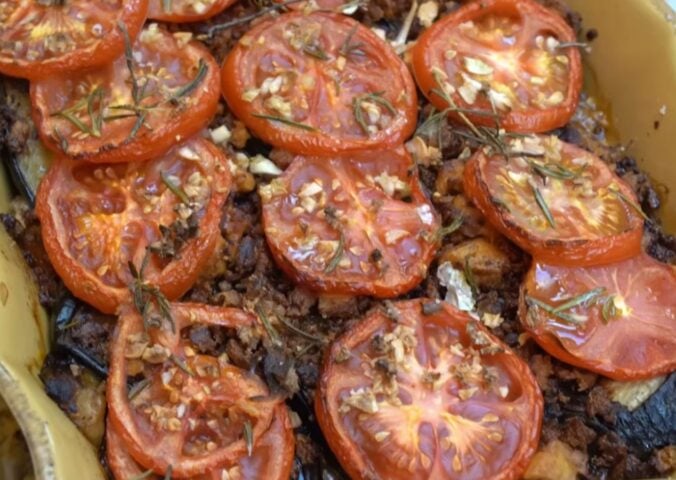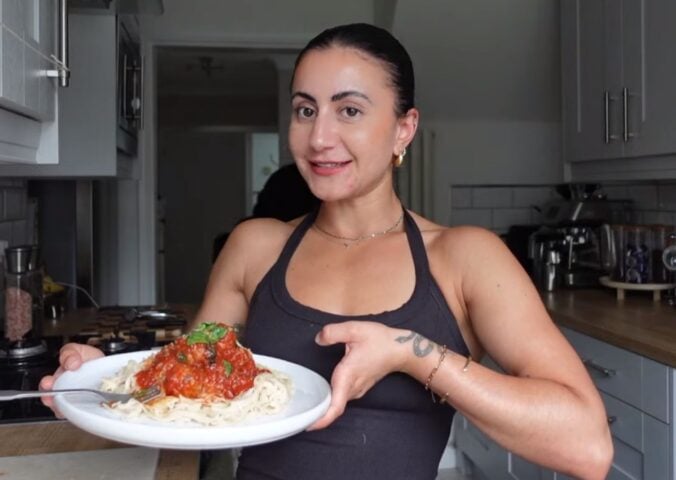One of the most common misconceptions about a vegan diet is that it’s difficult to meet your recommended daily vegan protein intake if you don’t eat meat. But that couldn’t be further from the truth. There is an abundance of plant-based sources that are as protein-rich and delicious as a steak, if not more so.
Let’s take a culinary journey through Earth’s riches in order to map the way of the vegan to protein land. Get ready with your knives and forks because it’s about to get delicious!
Why do you need protein?
Protein is an essential nutrient your body needs to function at its best. Modern fitness culture has ingrained in us the belief that protein helps us build muscle and is a great post-workout recovery trick. That is certainly true, but protein has many more benefits too.
For example, it keeps our immune system robust to protect us against infections through specialized proteins called antibodies or immunoglobulins. Vegan protein can also contributes to our appetite satiety, thus helping us lose weight.
Three structural proteins, known as collagen, keratin, and elastin, add structure to many areas of our body, making us look young, healthy, and strong. Not only that, but amino acids promote growth, development, and repair, which are amazing pro-aging properties.
Nature is cyclic, and protein also moves in a synthesis cycle. The body is continuously breaking it down, meaning we need to replenish it. That’s why it’s vital to meet our daily protein intake.
How much protein do you need per day?
Determining how much protein you need a day will help you shape a healthy diet that contributes to your vitality and good mood.
There are two ways you can calculate your daily vegan protein intake: either in grams or as a percentage of the total daily calories.
Protein intake in grams
The recommended protein intake for adults in the UK is 0.75g of protein for each kilogram of weight. Here is the basic formula so you can calculate your own:
Body weight (in kilograms) X 0.75 = # of grams of vegan protein needed per day.
So if you weigh 60kg, your minimum daily protein intake is 45g.
In pounds, you will need 0.34g per pound and the formula looks like this:
Body weight (in pounds) X 0.34 = # of grams of protein needed per day.
So if you weigh 132 pounds, your minimum daily protein intake is about 45g.
Note that this is the minimum requirement. If you’re very active, you need to increase your daily protein intake. The American College of Sports Medicine (ACSM) recommends having 1.2 to 2.0g per kilogram for each day of strenuous training sessions, as well as for endurance and strength athletes.
Protein intake as a percentage of daily calories
The U.S. Department of Agriculture (USDA) recommends consuming between 10 percent and 35 percent of your total calories from protein.
To calculate it, multiply your daily calorie intake by 10 percent and 35 percent to get your range. If you consume 2,000 calories per day, it’s advised that 200 to 700 of those calories be made up of protein.
Plant-based protein sources
The scope of protein sources for vegans is large. Contrary to what most people think, vegans don’t only eat fruits and vegetables. In fact, the three food groups richest in protein are legumes, cereal grains, and nuts/seeds. Nevertheless, some fruits and vegetables are also incredibly rich in vegan protein. But the facts can speak for themselves.
Legumes
The best source of protein for both vegans and meat-eaters is legumes, including legume-based products, such as tofu and tempeh. They make for a great basis in vegan meals and give it a nutrient boost, as they are rich in fiber, iron, and phosphorus. Here is how many grams of protein are contained in 100 grams of each of these legumes and pulses.
Food Protein Content (Per 100 grams)
- Black beans 21.6 g
- Chickpeas 20.3 g
- Green split peas 23.1 g
- Kidney beans 22.5 g
- Lentils 24.6 g
- Lima beans 21.5 g
- Miso 12.8 g
- Mung beans 23.9 g
- Natto 19.4 g
- Peanuts 25.8 g
- Pinto beans 21.4 g
- Soybeans 28.6 g
- Tempeh 20.3 g
- Tofu 17.3 g
Cereal grains
Give your muscles and your brain the energy they need through cereal grains. Rich in vitamins, minerals, and carbohydrates, they contain a moderate protein quantity and add great texture to any meal. Here is how much protein you will find in some of the best cereal grains foods.
Food Protein Content (Per 100 grams)
- Amaranth 13.6 g
- Barley 12 g
- Bread (brown) 11 g
- Bread (white) 9 g
- Buckwheat 13.3 g
- Corn flour 8.8 g
- Corn grains 9.4 g
- Couscous 12.7 g
- Oats 16.9 g
- Pasta (dry) 13 g
- Quinoa 14.1 g
- Rice (brown) 7.5 g
- Rice (white) 7.5 g
- Rye flour 10.9 g
- Semolina 12.7 g
- Spelt 14.6 g
- Wheat flour 12.0 g
- Wheat (whole grain) 13.2 g
- Wild rice 14.7 g
Nuts and seeds
Nuts and seeds significantly vary in their protein content. Top up your salad with sunflower seeds or snack on macadamia nuts throughout the day. The best thing about nuts and seeds is that you can snack on them quickly if you need a quick vegan protein boost. They also have a host of benefits for your health, helping to prevent heart disease and diabetes, and are incredibly good for your brain.
Food Protein Content (Per 100 grams)
- Acorn 8.1 g
- Almonds 21.2 g
- Brazil nuts 14.3 g
- Cashew nuts 18.2 g
- Chestnuts 5 g
- Chia seeds 15.6 g
- Coconut meat 3.7 g
- Flaxseeds 18.3 g
- Gingko nuts 10.4 g
- Hazelnuts 15 g
- Hummus 8 g
- Macadamia nuts 7.9 g
- Pecans 9.5 g
- Pine nuts 13.7 g
- Pistachio nuts 21.1 g
- Pumpkin seeds 18.6 g
- Sesame seeds 17 g
- Sunflower seeds 20.8 g
- Tahini 17 g
- Walnuts 18 g
Fruit and vegetables
Although fruit and vegetables don’t have a protein content as high as legumes, for example, they’re still a great source of it that is rich in fiber, minerals, vitamins, and antioxidants.
Goji berries contain 14.3g of protein and are known for their many health benefits, such as better sleep, skin, and athletic performance. Prunes (3.7g), dried apricots (3.4g), and guava (2.6g) are also great sources of protein.
In terms of vegetables, go for garlic (6.4g), brussels sprouts (3.4g), and kale (3.3g).
Buddha bowls: build your protein heaven
Buddha bowls are increasing in popularity in the vegan community. They offer a quick and simple way to consume all the nutrients your body needs without compromising on taste.
There are over 623k posts on Instagram showcasing a colorful fiesta of mouth-watering Buddha Bowls. One legend says that the single-dish meal that incorporates artfully arranged legumes, grains, vegetables, and an indulgent sauce is named after one particular activity of Buddha. Every day, he would take a bowl with him and fill it with the foods people gave him. Nevertheless, Buddha Bowls have been known to humanity for decades under various names, such as macro bowls, grain bowls, or nourish bowls.
A Buddha Bowl can help you easily track your protein intake as it contains simple ingredients that haven’t been processed much, aside from thermal processing if needed.
Here is how to make the perfect vegan Buddha Bowls:
- Start with the grains. Fill the bottom of the bowl with about 2-3 cups of grains of your choice, such as quinoa, wild rice, or buckwheat.
- Add vegetables. Sweet potatoes, broccoli, asparagus, and red cabbage are favorite choices, but you can add any and as many vegetables you want. And don’t forget the greens! A pinch of spinach can go a long way in boosting your iron intake.
- Time for legumes. Add about ½ cup to 1 cup of legumes to your bowls, such as chickpeas, red beans, or cooked mung beans.
- Add the extras. A Buddha Bowl wouldn’t be the same without some nuts or seeds sprinkled on top that add an extra crunch to the dish. Sunflower seeds, pumpkin seeds, and blanched almonds are all great choices that are rich in protein and taste incredibly wholesome. Onions and herbs will also contribute to the flavor.
- The sauce. It’s time to bring all the flavors together with a tasty sauce. A salad dressing, lemon and tahini sauce, or peanut butter and soy sauce are great options.
When you choose a plant-based lifestyle, you’re in for a treat. An abundance of colorful and nutritious foods awaits you at the gateway of vegan heaven. It bestows you with optimal health, glowing skin, and endless energy to help you enjoy life. All you have to do is eat the right foods and make sure you’re meeting your daily nutrient requirements, especially protein.
